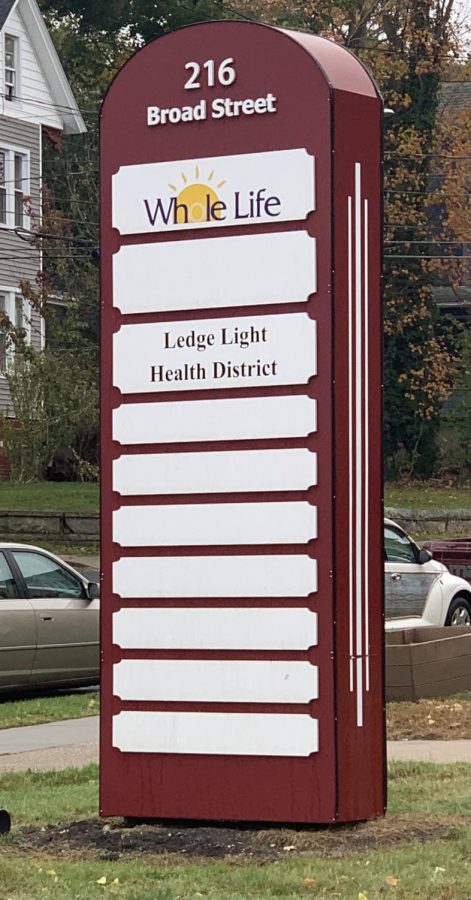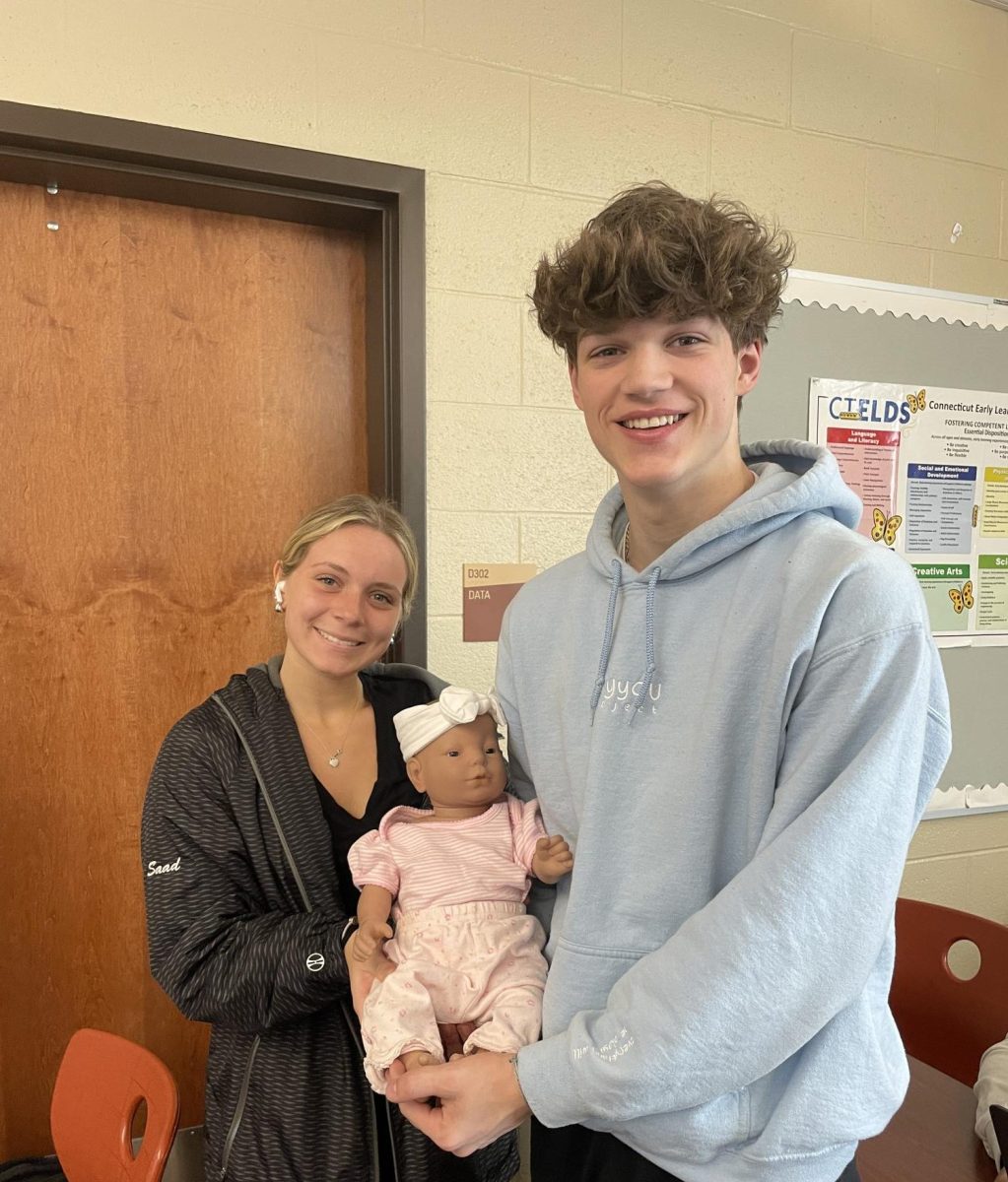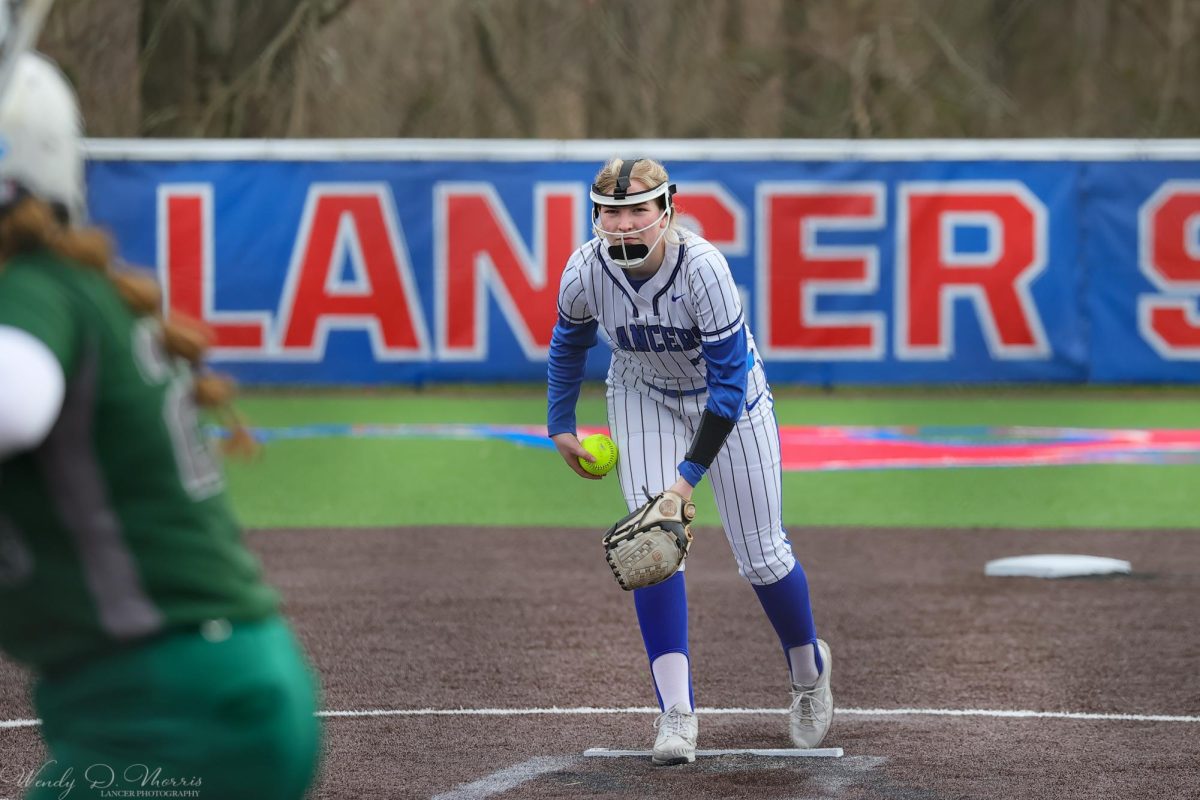What is Contact Tracing?
November 2, 2020
In the WHS community, contact tracing plays a key role in protecting young and old people alike. The importance of contact tracing during this time of unrest is crucial in the efforts to combat the pandemic that has burdened the world. Ledge Light Health District is working in our town and school community to ensure the safety of all our residents. Recently, there has been a number of emails from Superintendent Girard concerning new Covid-19 cases at any Waterford Public School. In correspondence with Mary Day, a public health nurse at Ledge Light, who answered questions about contact tracing and the intricacies of the process.
Q: What is contact tracing? How does it work?
A: Contact tracing is a public health intervention used to minimize community transmission of communicable diseases such as COVID-19. It involves interviewing positive cases and reaching out to their close contacts. Trained contact tracers determine the infectious period and isolation window of positive cases, provide isolation instructions, identify close contacts, and learn locations or events they may have attended while contagious. Close contacts are then informed of their potential exposure to COVID-19, recommendation to get tested, and provided with quarantine instructions. It is important to realize that contact tracing is not an exact science and has limitations.
Q: What is Ledge Light Health District’s role in contact tracing at Waterford High School?
A: All school-related contact tracing interviews are conducted by a Ledge Light Health District public health nurse trained in contact tracing. We work closely with a point-of-contact at Waterford Public Schools. We rely on the schools to provide necessary information to support our contact tracing investigation, and to reach out to members of the school community who have been identified as close contacts.
Q: What factors determine if someone is a close contact to a person who tested positive for Covid-19?
A: The CDC defines a close contact as “someone who was within six feet of an infected person for an accumulative total of fifteen minutes or more over a 24-hour period”. This is regardless of whether masks were worn. Our contact tracers adhere to this definition and look back 48 hours prior to the onset of symptoms (or for asymptomatic cases, 48 hours prior to the date the positive test was performed) until the start of isolation for the positive case.
Q: If a student who is associated with Waterford High School tests positive for Covid-19 are the other students in any of their classes considered close contacts?
A: Often yes, though it depends on the circumstances. First, we must consider if the student attended school or any school-related events while they were contagious. We look back 48 hours prior to the onset of symptoms, or for asymptomatic cases, 48 hours prior to the date the positive test was performed. Then we explain the definition of a close contact and ask the subject to list their close contacts within a specific window, including the last date of contact. You may be considered a close contact if your desk in a classroom or seat on a bus was less than six feet apart from a positive case, if you participated in athletic events with a positive case, or if you were socializing with a positive case outside of school. We try to minimize disruptions and only recommend exclusions for those who are truly considered to be close contacts, but it is challenging. In some situations, we have had to quarantine an entire classroom or an entire athletic team.
Q: Who decides if an individual is a close contact? Who contacts the school to notify them of individuals who are close contacts?
A: Close contacts are determined through the contact tracer’s interview with the COVID-positive student or staff member. If the parent verbally consents, we interview the positive case directly. Otherwise, the parent assists their child in answering the questions. We adhere to the CDC’s definition of close contact, as mentioned above. Some limitations of contact tracing include the cooperation, developmental age, and memory of the subject being interviewed. In some instances, we may decide to interview staff members if the parent provides verbal consent. Due to confidentiality and limited resources, we do not routinely interview every teacher or staff member. Staff interviews are conducted on a case-by-case basis, depending on the circumstances. The LLHD (Ledge Light Health District) contact tracer finalizes a list of close contacts and determines each person’s specific quarantine dates, then provides this list to the point-of-contact for Waterford Public Schools. From there, the school contacts each close contact using a script provided by Ledge Light Health District. The script contains the necessary information for close contacts and frequently asked questions.
Q: What are the recommended steps to take after learning you are a close contact to someone who tested positive for Covid-19? Do they have to get tested?
A: If you are a close contact of someone who has tested positive for COVID-19, you should quarantine for 14 days from your last date of contact with that individual. Quarantine means staying home and avoiding public places. You should monitor for symptoms of COVID-19 and check your temperature daily. It is a CDC recommendation that close contacts get tested for COVID-19. However, a negative test result is not a substitute for the 14-day quarantine period. COVID-19 has an incubation period of 2-14 days, meaning symptoms may develop up to 14 days following the exposure, even if the close contact initially tests negative.






